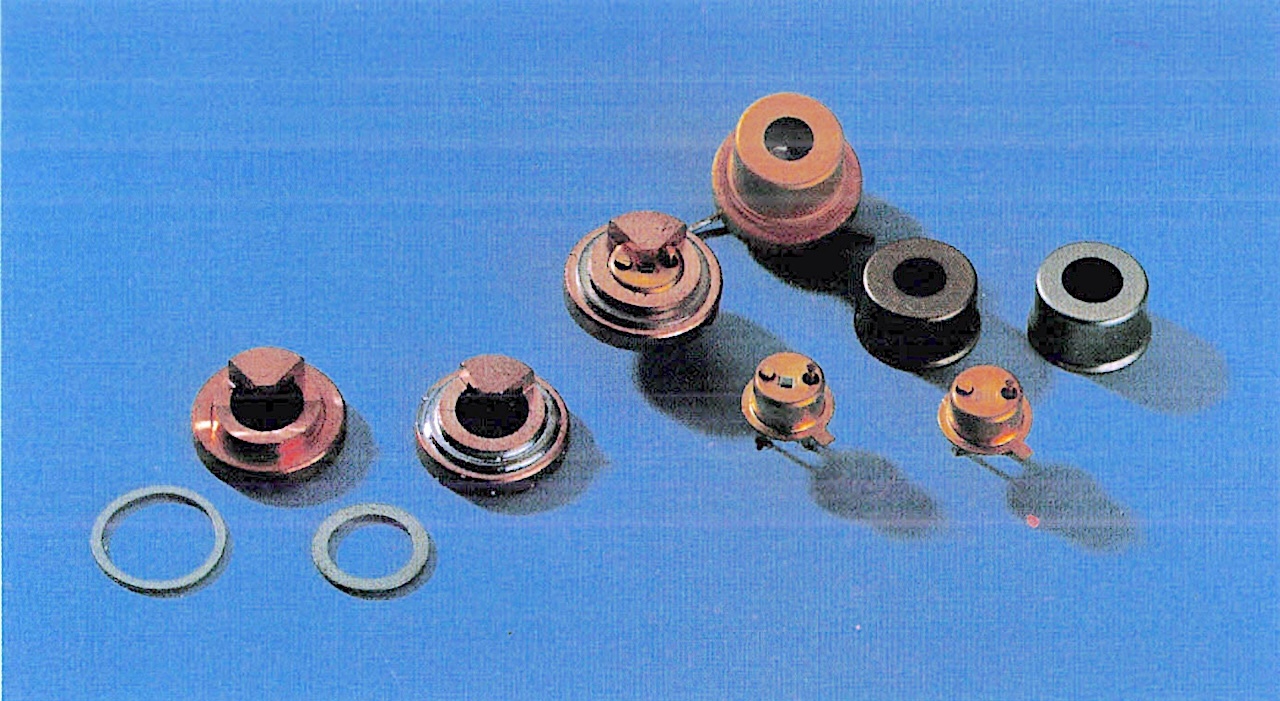A semiconductor laser for information read-out – CQL10
A semiconductor laser for information read-out
PTechReview-39-1980-037
J. C. J. Finek, H. J. M. van der Laak and J. T. Schrama
Semiconductor lasers only became efficient lasers when they were made in theform of ‘double
heteroj unctions’: an active layer in which the laser radiation is produced, between two layers of
another composition. In the first lasers of this type the active layer consisted of GaAs. The laser
radiation from this màterial has a wavelength of about 890 nm. Since then the development of
semiconductor lasers has moved simultaneously in two opposing directions. On the one hand
there is a clear needfor laser radiation at longer wavelengthsfor optical communication by glass
fibres, since Rayleigh scattering in the fibres is lower at these longer wavelengths. On the other
hand there is a need for semiconductor lasers that produce radiation at shorter wavelengths for
applications in which the radiated power is concentrated in the smallest possible area. This
article describes a laserof this shorter- wavelength type that Philips isputting on the market. The
wavelength of the emitted radiation is 780 nm.
Introduction
The information on a ‘VLP’ disc is recorded in a spiral track 25 km long, with a pitch of 1.66 urn and
consisting of pits 0.6 urn wide and 0.12 urn deep. This form of information storage also has its attractions
for applications such as audio discs and data filing, mainly because it can provide a very high information
density – of the order of one bit per um”, Philips are active in the development of such systems (‘Compact
Disc’; ‘DOR’ = Digital Optical Recording). The information stored in this way is read out by
scanning the track of pits with an optical system; a photodiode converts the intensity variations of the reflected
light into an electrical signal (fig. 1): The requirements imposed on the light source (L) for this
system can only be met by lasers: the radiation must have a radiation density of about 2500 W per cm2 per
steradian for a detected signal with an acceptable signal-to-noise ratio to be generated by the variations
in reflection from an area of about 1 Ilm2 [11. The light source in the ‘VLP’ system is at present a helium-neon laser [21

